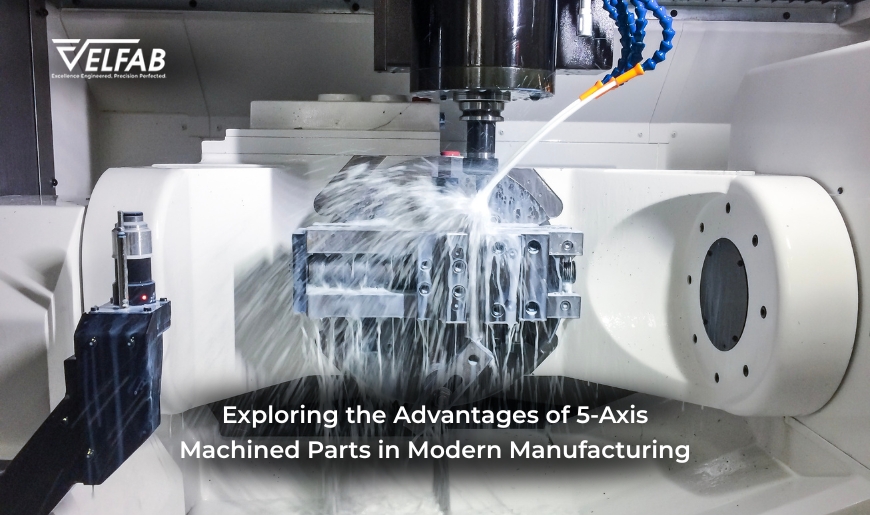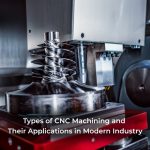Exploring the Advantages of 5-Axis Machined Parts in Modern Manufacturing

In the world of modern manufacturing, precision isn’t just a requirement—it’s a promise. Industries are under constant pressure to deliver smarter, faster, and more efficient products without compromising on quality. That’s where 5-axis machined parts come into play. They’re not just another advancement in CNC technology; they’re changing the game entirely.
So, what exactly is 5-axis machining?
Imagine trying to carve a detailed sculpture out of a single block of metal, and being able to rotate and move your tool in five directions at once. That’s essentially what 5-axis machining allows. It adds two more rotational axes to the traditional three—letting the cutting tool reach the part from almost any angle. This means fewer setups, greater accuracy, and a whole lot more design freedom.
Why are 5-axis machined parts such a big deal?
Let’s break it down in a way that makes sense—not just technically, but practically too.
1. It nails precision
Precision is critical when manufacturing parts for aircraft engines or surgical tools. 5-axis machining ensures accuracy by completing everything in a single setup, minimizing the risk of shifting or misalignment. The result? Parts that meet tight tolerances, consistently.
2. Complex shapes? No problem
Some components just can’t be made efficiently with older machines. They have curves, angles, or holes that are almost impossible to reach unless you keep readjusting the part. 5-axis machining handles these complex shapes with ease—often in one go. It’s like the difference between using scissors and a precision laser.
3. It saves time—and money
One of the biggest surprises for people new to 5-axis technology is how much faster things move. Since there’s no need to stop and reposition parts multiple times, the entire process speeds up. Less handling also means fewer mistakes and reworks. Sure, the machines themselves aren’t cheap—but the long-term savings and productivity gains are worth it.
4. Better surface finish
Because the tool can approach the part at just the right angle, the surface finish ends up much smoother. That matters more than you think, especially for parts that need to fit tightly together or reduce friction.
5. Tools last longer
By keeping the tool at an optimal cutting angle, wear and tear are reduced. That means fewer tool changes, less downtime, and a healthier bottom line over time.
6. You can get creative
This might be the most exciting part. 5-axis machining opens up a whole new level of design flexibility. Engineers no longer have to simplify their designs to suit machine limitations. If you can think it, you can probably make it—whether it’s an ultra-light aerospace bracket or a sleek, high-performance automotive part.
Final thoughts
At Velfab, we understand that manufacturing isn’t just about making things—it’s about making things better. Embracing 5-axis technology has allowed us to push boundaries, reduce lead times, and deliver parts that not only meet but exceed expectations.
5-axis machined parts aren’t just a technical upgrade—they’re a smart investment in quality, efficiency, and innovation. As industries continue to evolve, this kind of precision and flexibility isn’t optional—it’s essential.


